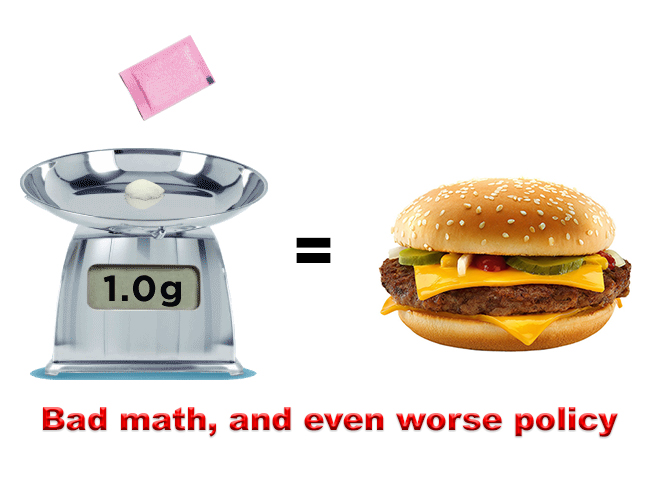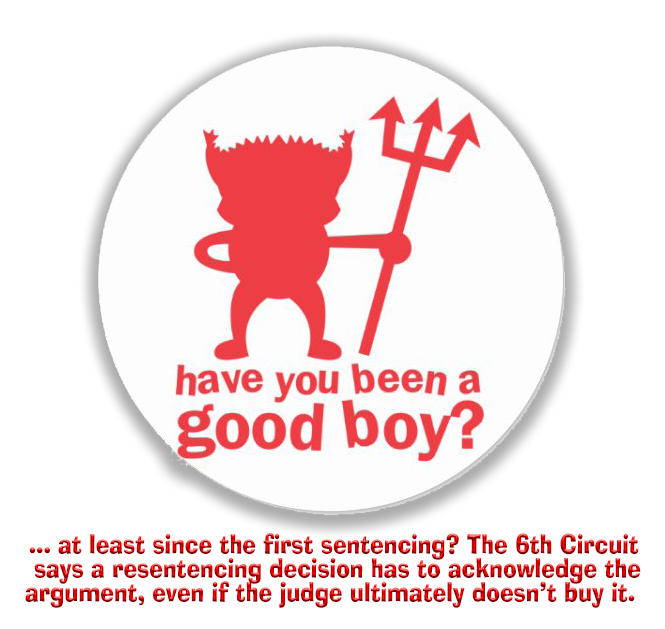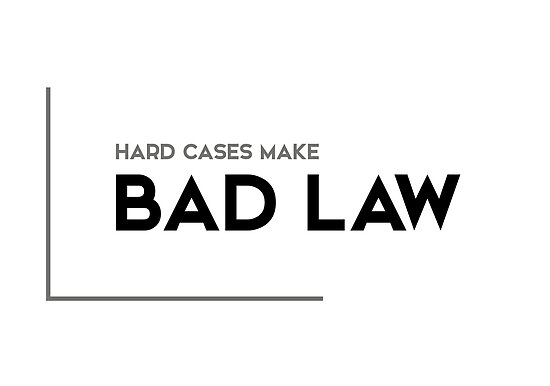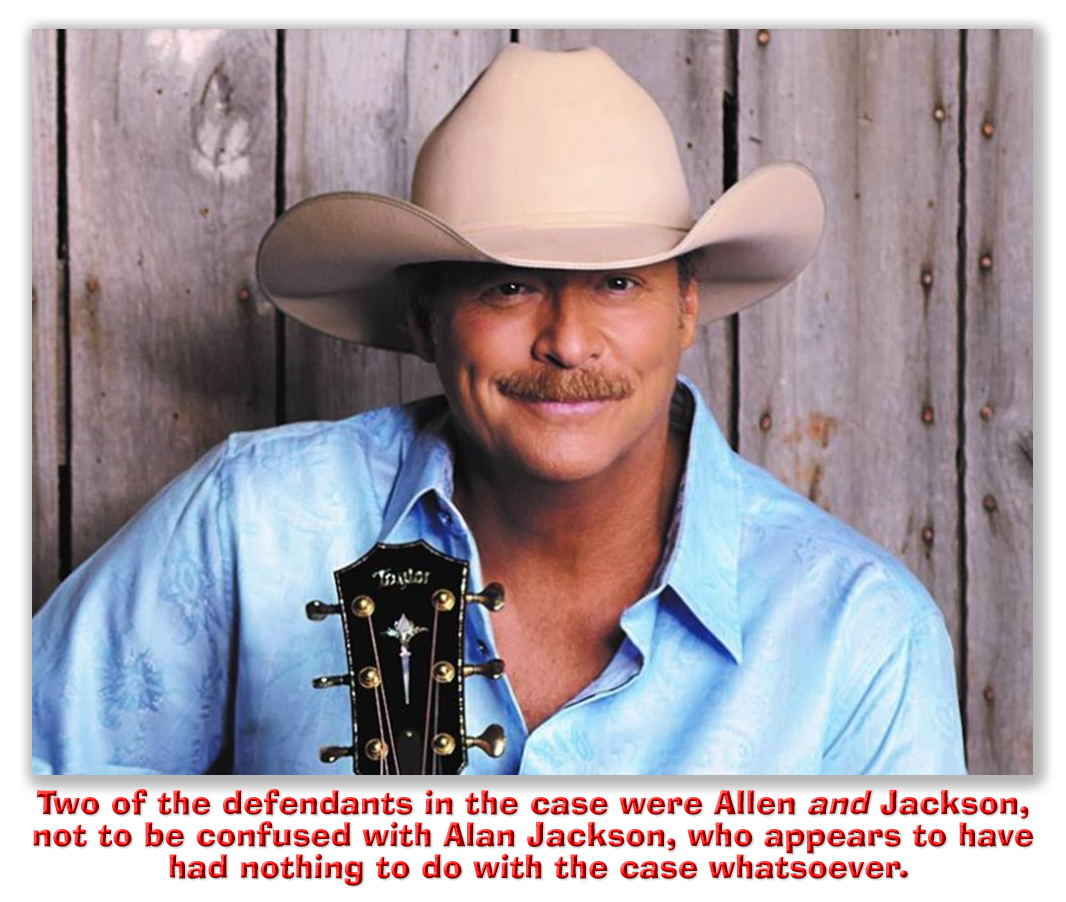We post news and comment on federal criminal justice issues, focused primarily on trial and post-conviction matters, legislative initiatives, and sentencing issues.

THREE FIRST STEP/FAIR SENTENCING DECISIONS OF NOTE
Last week was a good one for the First Step Act.
 Hector Uriante was convicted of running with a gang that kidnapped and robbed drug dealers, including several 18 USC 924(c) counts that got stacked in the pre-First Step days. On the first 924(c) count, he got seven years for brandishing, but the brandishing was found by the judge, not the jury. On direct appeal, the Circuit remanded the case for resentencing because of Alleyne v. United States‘ holding that the jury had to find facts supporting an enhanced mandatory minimum.
Hector Uriante was convicted of running with a gang that kidnapped and robbed drug dealers, including several 18 USC 924(c) counts that got stacked in the pre-First Step days. On the first 924(c) count, he got seven years for brandishing, but the brandishing was found by the judge, not the jury. On direct appeal, the Circuit remanded the case for resentencing because of Alleyne v. United States‘ holding that the jury had to find facts supporting an enhanced mandatory minimum.
The district court resentenced him last year, after First Step passed, but the judge still stacked his 924(c) counts, giving him 25 years for the second one. The district judge held that since Hector was first sentenced before First Step passed, the Act’s ban on stacking 924(c) convictions did not apply.
Last week, the 7th Circuit reversed in an en banc opinion that rejects the 3rd Circuit decision in United States v. Hodge. Because the prior sentence had been vacated, the 7th said, it was a “nullity.” A vacatur “wipes the slate clean,” meaning that at the time First Step passed, Harry was convicted and awaiting sentencing. Congress wrote First Step’s changes in 924(c) stacking to “apply to any offense that was committed before the date of enactment of this Act, if a sentence for the offense has not been imposed as of such date of enactment,” making no distinction between defendants who had never been sentenced and those whose sentence had been vacated fully and who were awaiting the imposition of a new sentence. “In this way,” the Circuit explained, “Congress stanched, to the degree that it could without overturning valid and settled sentences, the mortmain effect of sentencing policies that it considered no longer in the Nation’s best interest. It ensured, moreover, all persons awaiting sentencing on the effective date of the Act would be treated equally, a value long cherished in our law.”
So Hector’s good fortune in getting his sentence overturned under Alleyne, which appears to have saved him two years, in fact reduces his sentence by a full 22 years (two years off the 7-year “brandishing” sentence and a reduction of the second 924(c) sentence from 25 to five years).
 The 7th Circuit last week held that the same rule benefitted Rashod Bethany. Rashod was sentenced for a crack conspiracy in 2013, but later won a § 2255 motion on the grounds his lawyer erred in letting the court use the wrong edition of the Guidelines. He was resentenced after First Step passed, but his sentencing court would not let him benefit from the lower drug mandatory minimums passed in § 401 of the Act.
The 7th Circuit last week held that the same rule benefitted Rashod Bethany. Rashod was sentenced for a crack conspiracy in 2013, but later won a § 2255 motion on the grounds his lawyer erred in letting the court use the wrong edition of the Guidelines. He was resentenced after First Step passed, but his sentencing court would not let him benefit from the lower drug mandatory minimums passed in § 401 of the Act.
The 7th said that same rule applied. The § 2255 motion vacated his sentence, so Rashod was in the same position as a defendant who had never been sentenced. The Circuit remanded the case to district cout for a ruling of whether the sentence would have changed if lower mandatory minimums had been applied.
Finally, in the 3rd Circuit, James Easter had filed for a resentencing under First Step § 404, the section that made the 2010 Fair Sentencing Act retroactive. The court decided that James was eligible for a reduction, but denied him one because, the judge concluded, James’s Guidelines range did not change even if the FSA was applied.
James appealed, arguing that a district court had to consider the sentencing factors in 18 USC § 3553(a), not just a mechanistic look at the guidelines. Last week, the 3rd Circuit agreed.
While other circuits generally agree that minimum, a district court may consider the § 3553(a) factors, the 3rd said a judge must do so. “Section 404(b) uses the word ‘impose’ twice, and the first instance clearly refers to the act of imposing the original sentence.” The Circuit ruled. “Because Congress used the same word, we can infer that it conceived of the district court’s role as being the same when it imposes an initial sentence and when it imposes a sentence under the First Step Act. As the text of § 3553(a) makes clear, district courts look to the factors set forth there whenever they impose a sentence on a defendant.”
The 3rd Circuit joins the 4th and 6th Circuits in adopting the rule.
United States v. Uriarte, 2020 U.S. App. LEXIS 29234 (7th Cir. Sept 15, 2020)
United States v. Bethany, 2020 U.S. App. LEXIS 29246 (7th Cir. Sept 15, 2020)
United States v. Easter, 2020 U.S. App. LEXIS 29243 (3d Cir. Sept 15, 2020)
– Thomas L. Root
















 A few years ago, the 9th Circuit had ruled that the some of Ezralee’s Washington state convictions used back in 2006 to make her a career offender do not count toward career offender. As a result, Ezralee said, she should be resentenced without the career status, which should drop her from 262-327 to a 51-month range.
A few years ago, the 9th Circuit had ruled that the some of Ezralee’s Washington state convictions used back in 2006 to make her a career offender do not count toward career offender. As a result, Ezralee said, she should be resentenced without the career status, which should drop her from 262-327 to a 51-month range.








